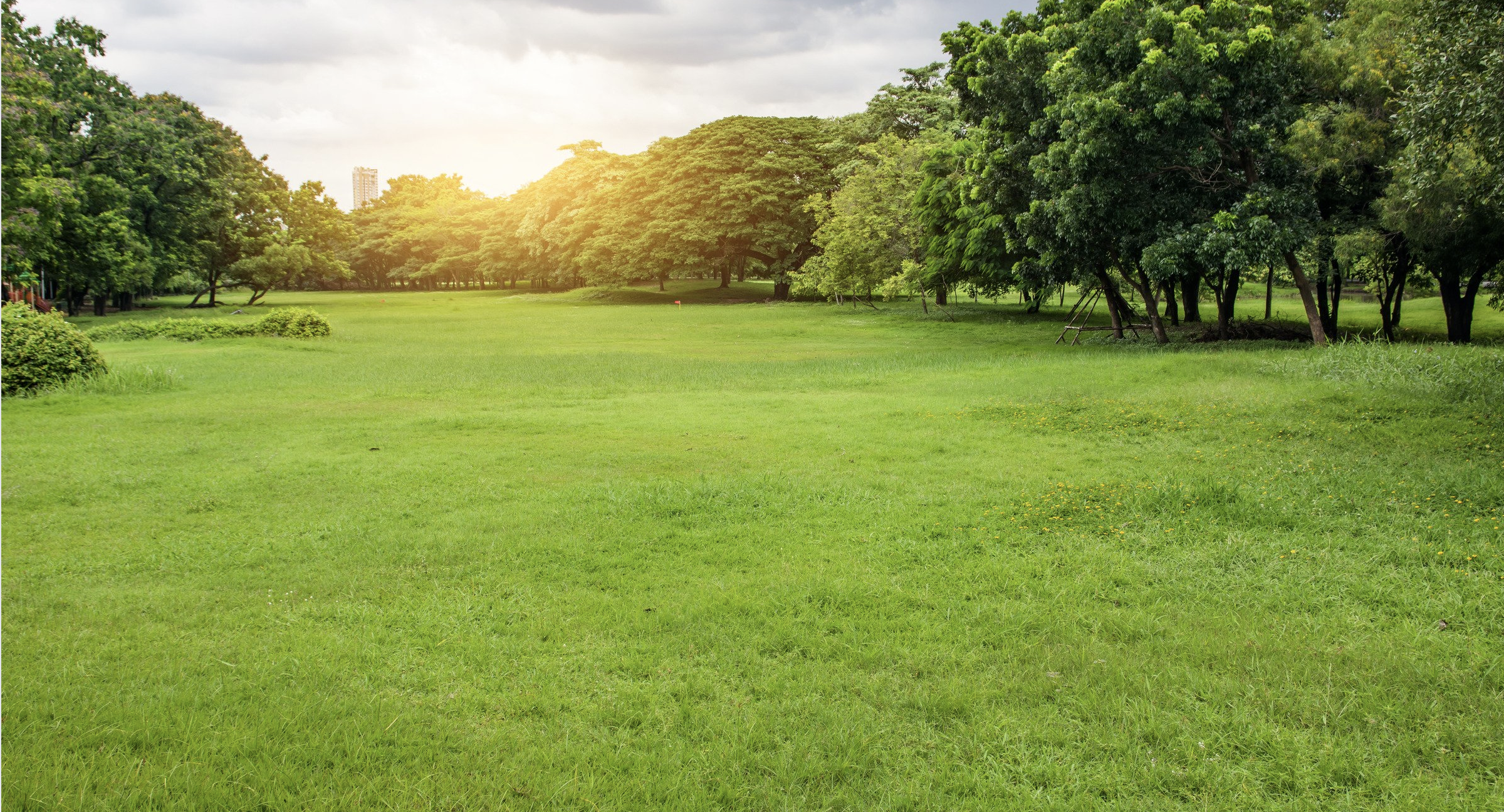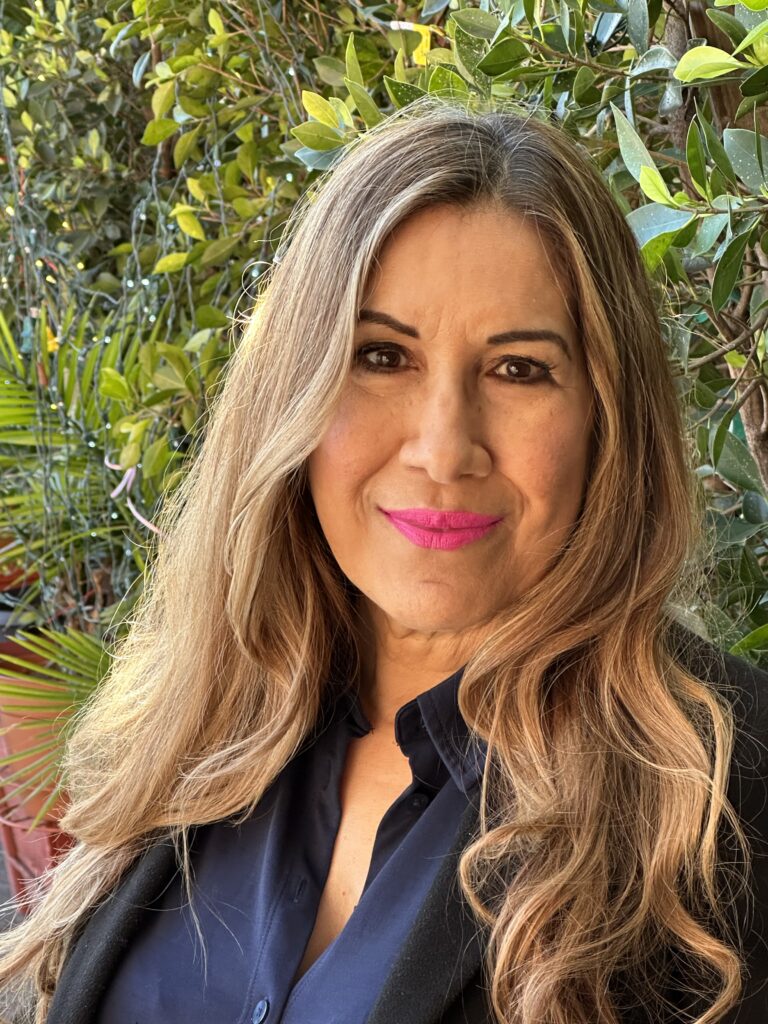Araceli Martinez | La Opinión
Pacoima and Sun Valley are adjacent neighborhoods in the San Fernando Valley, with a majority working-class Latino population.
In the summer, these residents consistently suffer from temperatures above 90 degrees Fahrenheit — more than other areas of Los Angeles — due to a lack of trees and green space.
The average tree cover in Los Angeles is 21%, but in neighborhoods like South Los Angeles and Pacoima, that cover is only between 5% and 7%. In contrast, areas with a higher economic level, like Los Feliz and Brentwood, have 40% of green areas.
According to a recent study by the UCLA Fielding School of Public Health, Pacoima and Sun Valley are among the unhealthiest cities in California, which can cause residents to live fewer years, with worse quality of life.
This situation led several organizations, such as Pacoima Beautiful and LA Conservation Corps (LACC), members of the Green Together Collaborative, to launch The Street Tree Planting Project. The project involved planting over 1,000 trees to combat extreme heat by expanding shade coverage to cool areas of the San Fernando neighborhood, including Pacoima.
“Initially, the plan was to plant 2,000 trees, but for a combination of reasons, including pandemic restrictions and other situations with residents, we were able to plant 1,024 trees in 2022 in Pacoima and a section of Sun Valley,” said Araceli Farias, coordinator of the Los Angeles Conservation Corps, adding that it was not just about planting trees but educating residents of Pacoima and Sun Valley about the importance of having trees in their neighborhoods
“First, we had to get permission from the families we proposed to plant trees outside their homes,” she explained. “Many people thought they could plant any tree, but that wasn’t the case. Each tree planted involved a three-year maintenance contract, the time it takes to be healthy and independent.”
Along with the donation of a tree, the family received guaranteed maintenance.
“That means we go and water them, prune them, and do check-ups to ensure quality growth,” continued Farias.
At first, the neighbors couldn’t believe that someone would follow up for three years, and when they see that they continue to return four times a month, they are surprised, she said.
“Our program also included planting 90 trees around five schools in public spaces because it benefits them since they did not have shade for the playground,” she added.
There were four schools where trees were planted: Pacoima Charter School, Vaughn Next Century Learning Center, Vaughn International Studies Academy, and Vaughn Pandaland.
Concrete had to be broken up at schools to plant the trees, while in residential areas, they were planted in the space between the street and the sidewalk.
As incredible as it may seem, Farias said, there were neighbors who opposed the planting of trees: “Even though we used more green cover, because of how hot Pacoima gets in the summer, some people objected, for various reasons such as that as the tree grew, it would damage the foundation of the house and the plumbing.”
Other reasons for not having a tree outside the house were that the dead leaves would create trash, and people who argued that a leafy tree would attract strangers to sit in its shade, and they did not want them outside their homes.
“These latter tended to be older people who did not want to be bothered in their homes,” Farias said.
One barrier that the planters encountered in their quest to fill the community of Pacoima and part of Sun Valley with trees was finding people at home so they would agree to plant the trees.
“We had to use a little creativity to approach and interview them,” Farias explained. “We went out on Saturdays to knock on doors and talk to neighbors to explain that only some types of trees went in every space. With the information, they were able to understand what type of trees they needed.”
A lot of this work was done during the pandemic, and if residents were not at home, the people of Pacoima Beautiful would just leave information and statistics about the urban heat island effect, which represents the hottest urban areas.
“They had 30 days to respond,” said Farias.
To decide which type of tree would fit each house, they had to consider the space between the sidewalk and the street and the proximity to other trees.
“People could choose between a small tree and a large tree. Depending on the species, the smallest grows between 15 and 20 feet, the medium between 20 and 30, and the large between 30 and 40,” Farias explained
With this reforestation effort, they sought to plant trees that shed their leaves from October to March, and that would provide shade in the warm months.
“This way, people would not need to turn on the air conditioning, save energy, and in the winter when the trees did not have leaves, they would be warmer with more sun,” added Farias.
This project was born from the need for more shade from tree leaves in Pacoima and Sun Valley to prevent heat illnesses in vulnerable populations.
“On days like today, when the heat is in the 90s, trees act as natural filters by absorbing air pollutants and releasing oxygen,” said Roxy Rivas of Pacoima Beautiful. “Without enough trees, air quality can be greatly affected, worsening respiratory problems such as asthma and other lung-related problems.”
But trees also help reduce electricity consumption and lower the cost of electricity bills during the hot season, which tends to be very high.
“Sometimes we have power outages because our electrical grid is not sustainable for days of extreme temperatures, so the shade of trees is a tool we can use strategically against the heat,” she explained.
Unfortunately, Rivas said, due to contract issues regarding tree maintenance, they will no longer plant more.
“What happened is that the grant we received to plant trees was for five years. The first two years were for planting the trees and the next three years for maintenance,” Rivas continued.
She added that the initial goal of this project was to plant 2,000 trees: “We planted more than 1,000 outside the houses, and the rest have been fruit trees that we have given away for people to plant in their backyards. We do not maintain the latter,” she explained, estimating that they have donated about 530 fruit trees.
Although the shade tree planting program has ended, Pacoima Beautiful still has fruit trees to donate to those interested.
“We have many avocado, plum, peach, pomegranate, and apple fruit trees that we want to give away,” Rivas said,
She added that the planters receive feedback from neighbors when they go to maintain the trees in homes or schools: “One of the problems we face when we plant trees is vandalism, people who cause damage to them, knock them down or damage them, and thanks to the maintenance contract we have, we have been able to repair and replace them.”
She continued that a group from UCLA will evaluate the results of this tree-planting project and compare the changes before and after.
“We will have the results of this evaluation by the end of 2025,” said Rivas.
The trees planted in Pacoima and Sun Valley were of the following species: African Sumac, Fern Pine, Aleppo pine, Crape Myrtle, Australian Willow, Bay Laurel, a golden medallion, Chitalpa, Chinese Pistache, Chinese Elm, golden rain, Chinese Flame, and Raywood Ash.
Silvia Fajardo, director of Pacoima Charter School, which serves students from prekindergarten to sixth grade, says that 20 trees were planted outside on the sidewalk and are growing healthily.
“They are not yet leafy, but there they are. They were planted in a place where there was no shade, and it is where parents wait for their children after school,” said Fajardo, adding that when Pacoima Beautiful approached them to plant trees, they thought it was great because some had previously died due to lack of watering or because children hung themselves.
“In this case, Pacoima Beautiful offered us the trees with a three-year maintenance contract to take care of them until they were strong enough before we took over,” Fajardo said.
Now, the children in the gardening group are in charge of caring for the trees.
“They love doing it, and having these trees is very important to us because there is a lot of pollution in this area of Pacoima. We have the Whiteman Airport, garbage dumps, and factories nearby, so the air is not very good,” Fajardo continued.
She said that planting these trees is part of the school’s effort to have more green areas to cope with the heat: “We have a very large garden with two water fountains, and we created the literature garden where children who want to be there must-read books.”
The kids also have cooking classes with the chilis and vegetables they grow in a school garden where they learn to cook food from different countries and learn a little about those cultures.
An April 2023 study from the UCLA Fielding School of Public Health reports that improving tree cover and access to parks and green spaces in Los Angeles County, particularly in low-income communities of color, could significantly increase life expectancy for local residents through initiatives like these.
This story was produced by Ethnic Media Services in collaboration with the Laboratory for Environmental Narrative Strategies (LENS) at UCLA as part of the Greening American Cities initiative supported by the Bezos Earth Fund.
Araceli Martínez Ortega wrote three in-language fellowship stories for La Opinión, the largest Spanish-language newspaper in the U.S. and the second-most read newspaper in LA, founded in 1926.
“Over 1,000 Trees Planted in Hottest Areas of San Fernando Valley” features efforts by local organizations to introduce greenery and shade to San Fernando Valley neighborhoods where temperatures regularly climb above 90 degrees Fahrenheit and the average tree cover is only between 5% and 7%, compared to the LA average of 21%.
Ortega, a reporter for La Opinión since 2006, said of her experience as a fellow: “I was born and raised by the sea, but also close to the countryside. So I need the sea breeze and the trees to find peace and recharge my batteries. Writing these stories has made me more aware of the importance that nature and green spaces have for our health in all aspects; and I could see more clearly the urgency of planting more trees and creating more parks in the Latino neighborhoods of Los Angeles.”





